Guidelines On Strategy Definition
Strategy Definition: Stage One
In your Strategy Definition Process you can use this checklist (Based on Porter’s concepts) and thereby identify the key aspects of the competition on your industry.
1. Intensity of Rivalry
a. What is the rate of growth in your industry?
b. Is there a wide portfolio of products or services similar to yours on the market?
c. Do you know how greatly the products or services offered
differentiate from each other? What is your competitive advantage over
the others?
d. Are there switching costs, those costs a customer incurs if they switch from one provider / supplier to another?
e. Are there high strategic stakes and or high exit barriers if you
leave this market (license costs, loss of assets, fines for breaking
contracts, rebates?
f. Is capacity augmented in large increments?
g. Are there high fixed costs to provide your product on this market? i.e. are there high storage costs, other logistic costs?
h. How concentrated is the market already? Are there numerous competitors?
i. How diverse are competitors? What else do they provide?
2. Barriers to entry
a. Are there economies of scale in this industry?
b. How high are the capital requirements? How much will you have to
invest to come onto this market? Have you access to this capital?
c. How much Product differentiation is there? Is further differentiation possible or viable?
d. Are there any transaction costs?
e. Is government policy a barrier? What regulations must be upheld? Any
legal stipulations or regulations that must be upheld? Patents /
Copyrights? Licenses to manufacture? Trade licenses?
f. Can new entrants to this market expect retaliation from competition?
This could take the form of aggressive price cutting, increased
advertising, sales promotion or litigation.
g. Are there any difficulties in accessing the necessary channels of
distribution? This would include language difficulties. Are there any
cultural issues? Will you have to pay shelf space for your product to be
sold?
3. Supplier Power
a. Is the supplier’s product a key input to the final product or service?
b. Are supplier’s products differentiated?
c. Are there any switching costs?
d. Can suppliers pose a threat of moving in on your market and becoming
your competitor? Are they likely to start producing this product
themselves?
e. Is the supplier group more concentrated that the industry it sells
to? Is it a Supplier’s market? If this is a “sole supplier”, have you a
plan B?
4. Customer or Buyer Power
a. Are the customers or buyers concentrated? Are there many there?
b. Would your products or services represent a significant proportion of customer’s or buyer’s costs?
c. Are your products or services considered to be the standard or specialized?
d. Are there any switching costs for your customer or buyer when they move from you to your competitor?
e. How much information do customers have?
f. Do customers pose a threat of backward integration? Will they start to produce your product themselves?
5. Substitutes
a. Are there other products or services out there that perform the same function as yours?
b. Are the other producers or providers of this product or service earning high profits?
c. Are substitutes subject to trends improving their price / How is
their performance compared to the industry’s standard product?
Strategy Definition: Stage Two
Effective strategy definition takes a comprehensive and integrated view, looking holistically at the present and future:
• Shareholder value
• Customer management
• Quality Management
• Process Management
• Innovation
• Organizational design
• Core Competences
• Human resources
• Information Technology
• Learning
Successful strategies align all resources towards the strategic aims and demand an organization to focus on implementing the strategic aims. The gap in these issues (Gap analysis method) forms the Strategic Objectives.
Strategy Definition: Stage Three
Management of companies with successful strategy definition or strategic approaches;
- Translate their strategy to operational terms.
- Make strategy the job of every employee.
- Align the organization with the strategy.
- Change is mobilized through executive leadership.
Business Online Learning Homepage ›
Business Strategies ›
Strategy Definition






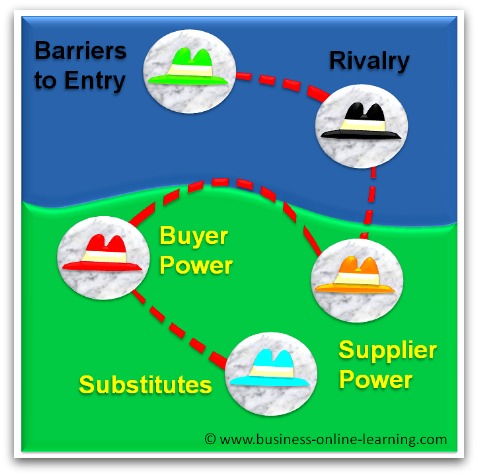
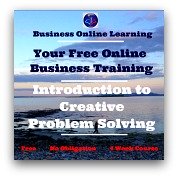
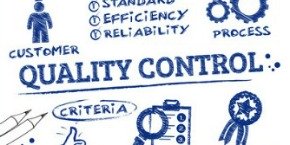

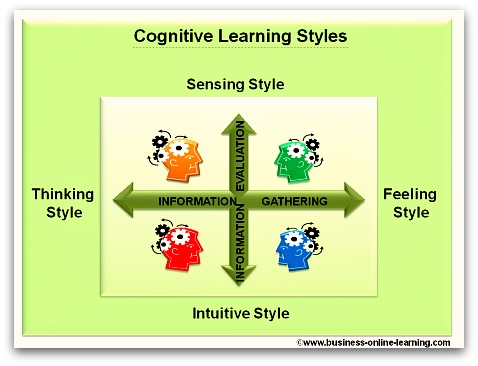
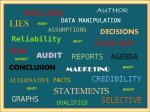
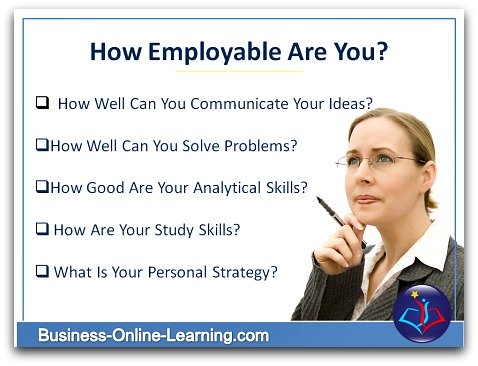
 My name is Martha and I have worked for over 30 years in various aspects of business and in various countries, right around the world.
My name is Martha and I have worked for over 30 years in various aspects of business and in various countries, right around the world.